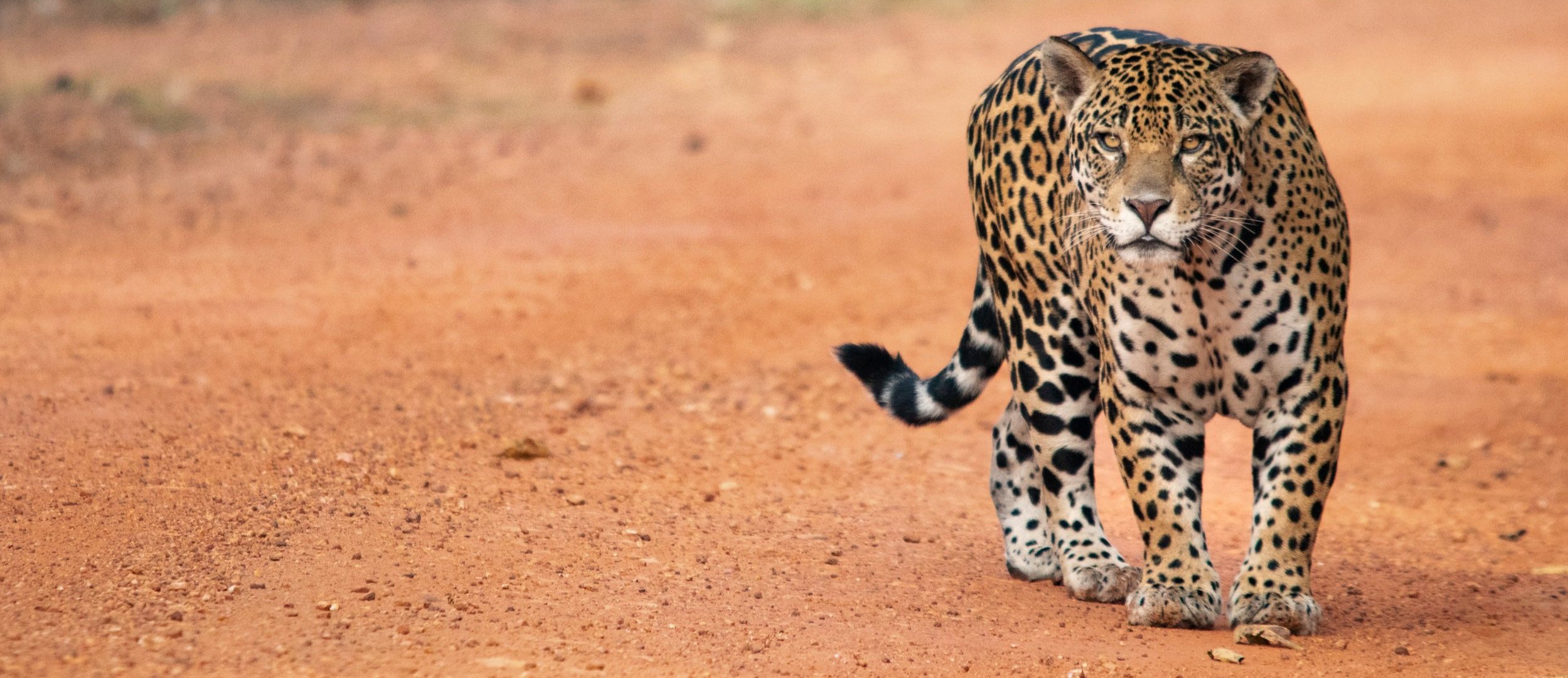
Nature Currencies
Defining Currencies for an Integrated Economy
As carbon markets emerged and developed in the fight against global warming, we’ve unfortunately confused currencies for markets. Carbon emissions and carbon capture define the market - credits are simply instruments that can support transactions between players.
Credits - carbon, biodiversity, nature or social credits - are instruments that can play a crucial role in supporting the emergence of the climate market.
They are however NOT the market itself.
As we focus on supporting the birth of our global biodiversity market, it is crucial not to lose sight of what has value and needs pricing - the biodiversity itself. Credits can and should be leveraged to help that market thrive, but players who might never be able to issue a credit still have a crucial role to play.
|XAU works closely with both key market players and credit schemes to leverage the technology and wisdom invested in defining biodiversity credits to define metrics that can support the emergence of a global biodiversity market.
The methodologies developed to calculate biodiversity credits can be applied to biodiversity assets - assessing the future impact of current actions, from fire prevention to re-wilding species or developing economic activities in an area.
We do not believe the biodiversity market needs a one-size-fits all metric to evolve - if art can be worth millions in all its subjectivity and complexity - so should nature. Sophistication does not make assets less valuable, but sophisticated assets require sophisticated instruments that can define currencies to integrate biodiversity in our global economy.
Aligning Nature Currencies and Corporate Strategy
At |XAU, we design financial models that connect verified conservation outcomes to corporate nature strategies — enabling companies to meet commitments through real transactions, not just reputational claims.
We work with outcome-based structures built around a corporate nature strategy, where ecological success triggers transactions, not philanthropic payments. Once biodiversity, carbon, or water outcomes are independently verified, corporations purchase nature credits — turning their pledge into a tangible acquisition. These credits act as nature currencies: they can be held, traded, or retired, depending on the company’s goals.
While credits meet compliance needs, they often lack narrative. Our model allows companies to attach a clear story to their nature strategy — making it more compelling to investors, customers, and partners. Each pledge can be linked to the protection of specific ecosystems or keystone species, making ecological outcomes more visible, communicable, and resonant. This creates space not only for integrity, but for storytelling.
Our tiered, non-binary structure creates incentives for optimal results: higher ecological success leads to higher-value credits, reinforcing long-term alignment. We use a cyclical timeline to align all stakeholders across different time horizons: investors take on early risk to fund conservation efforts; stewards and conservation teams are rewarded for ecological gains; and buyers only transact when — and only if — outcomes are achieved.
To ensure auditability, we partner with Pivotal, a leading nature intelligence platform that analyses satellite imagery alongside data from bioacoustic sensors, drones, and camera traps deployed across our assets. These insights allow corporate buyers to track ecological results over time — from keystone species recovery to broader ecosystem health.
We also offer impact measurement and management (IMM) frameworks to monitor the broader social and environmental effects of conservation, helping companies manage reputational risk while deepening their understanding of the full value created through their pledge.
We see nature credits as financial instruments — used as currencies to bring structure and comparability to this emerging asset class. We welcome these tools for the bridge they offer between two worlds that have long been at odds, despite their deep interdependence. We believe the time is ripe for corporations to play an active role in conserving the nature they impact — and that impacts them — using emerging mechanisms that support true double materiality.
Outcome-Based Transaction Structure
Linking Biodiversity Credits to Verified Outcomes in Keystone Species Protection
More than just a “Carbon Co-Benefit”
“Biodiversity credits are a novel financial instrument that could play a pivotal role in contributing to a nature-positive future. While there is no firmly agreed definition yet, biodiversity credits can be described as a verifiable and tradable financing instrument that rewards positive outcomes for biodiversity over a fixed period.”
— World Economic Forum
Biodiversity Credit Alliance (BCA) is a voluntary international alliance that brings together diverse stakeholders to support the realisation of the Kunming–Montreal Global Biodiversity Framework, in particular Targets 19(c) and (d), which “encourage the private sector to invest in biodiversity” utilising, amongst others “biodiversity credits ... with social safeguards.”
— Biodiversity Credit Alliance
“The Global Biodiversity Framework (GBF) adopted at COP 15 in Montreal set the ambitious goals and targets for humanity to live in harmony with nature.
GBF Target 19: Mobilize at least $200B per year by 2030 to increase funding for National Biodiversity Strategies and Action Plans through innovative tools like biodiversity credits”
— United Nations (UNDP)



